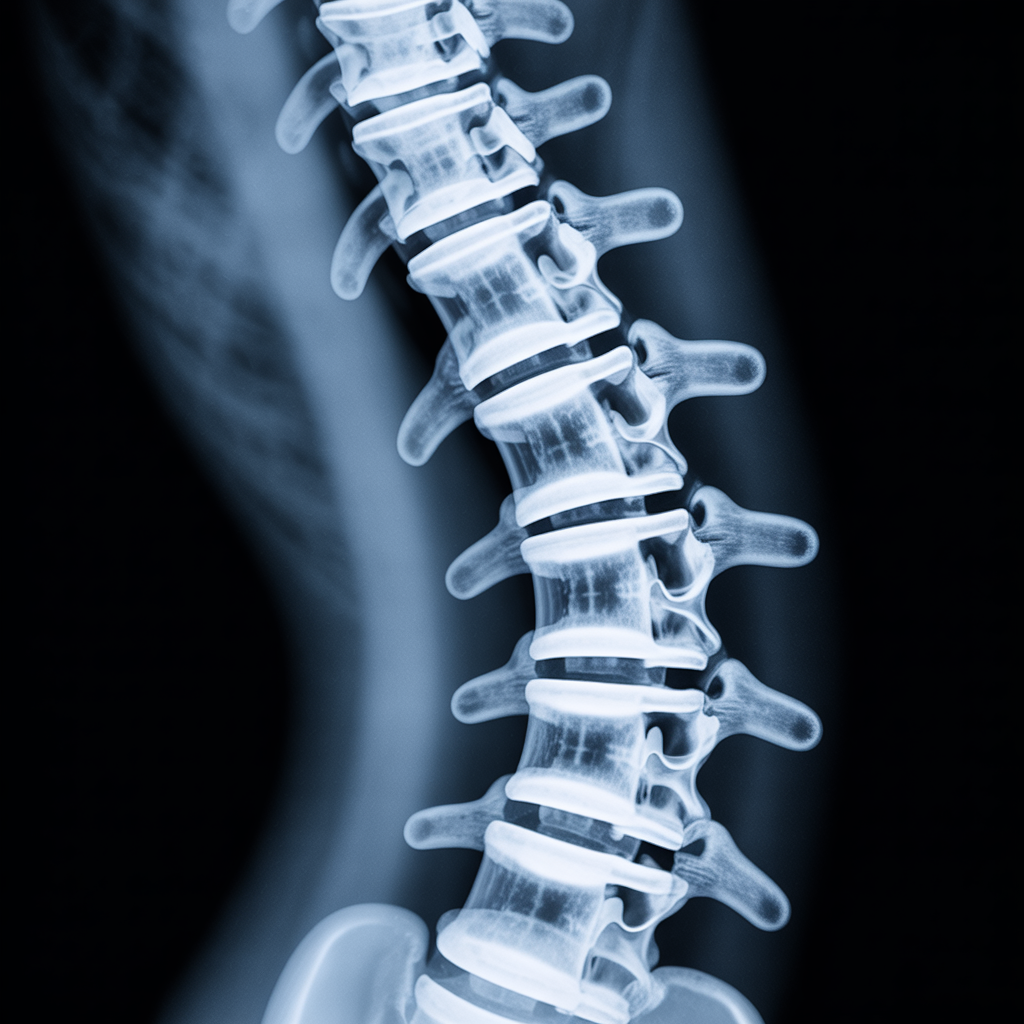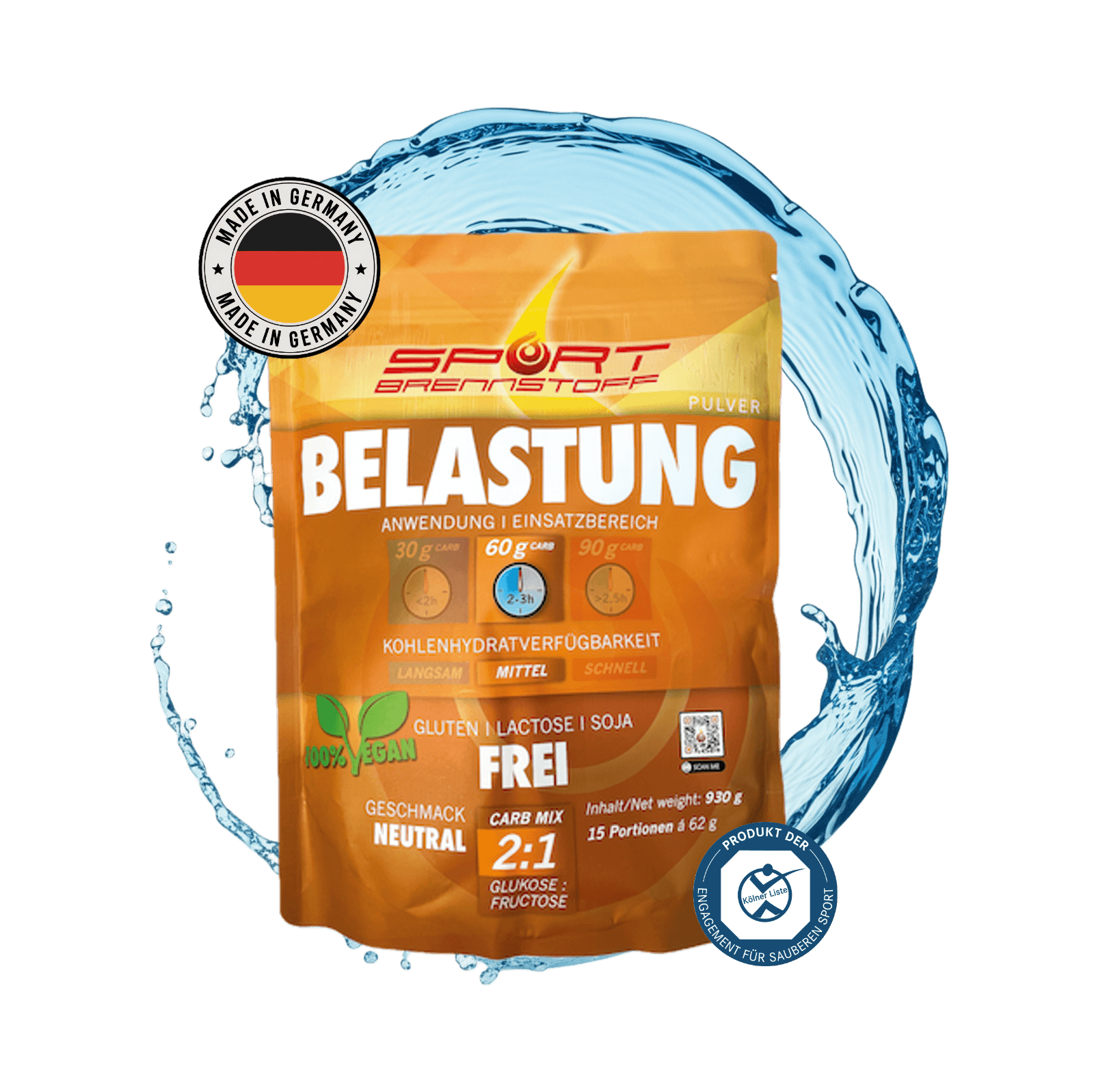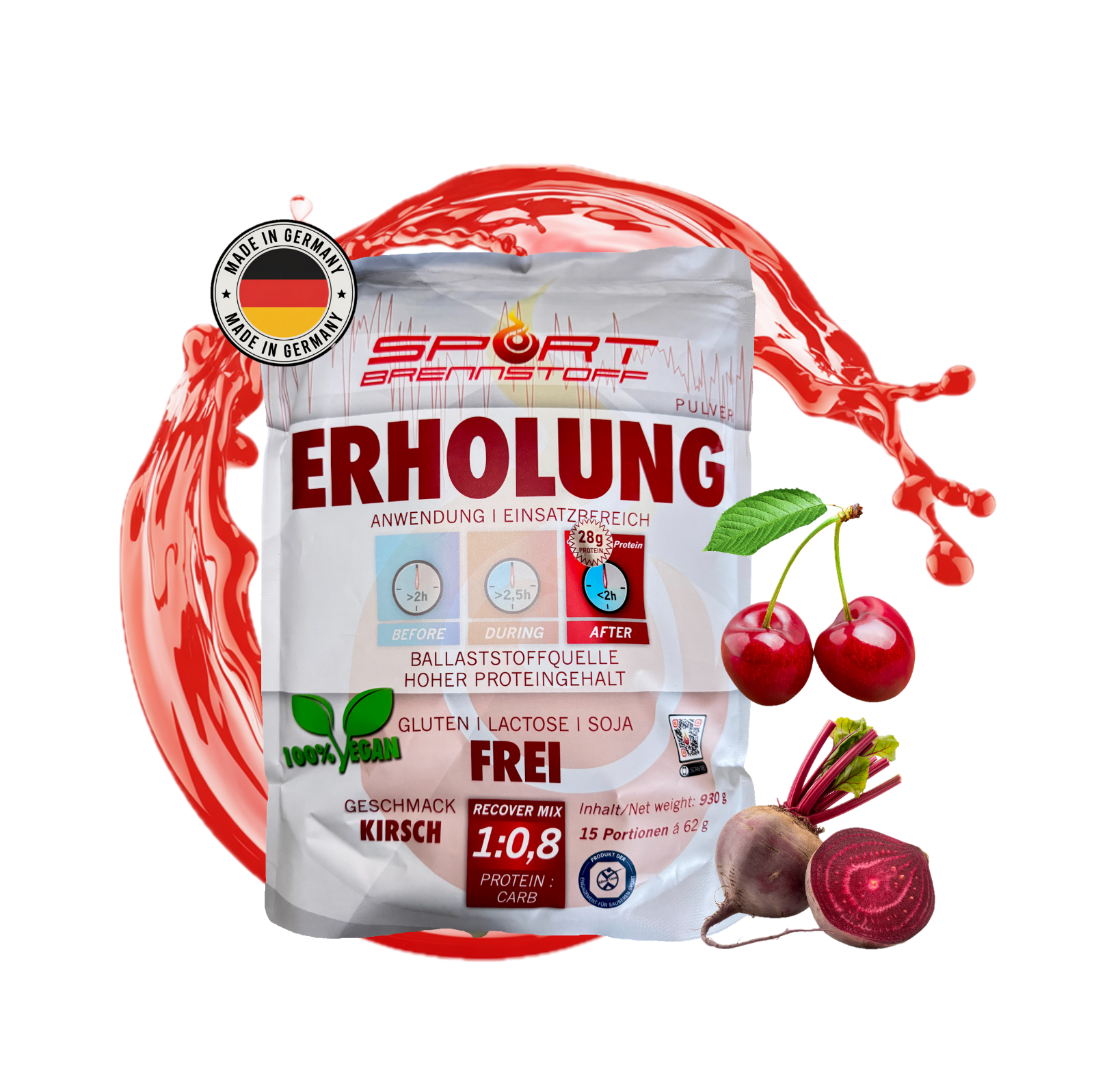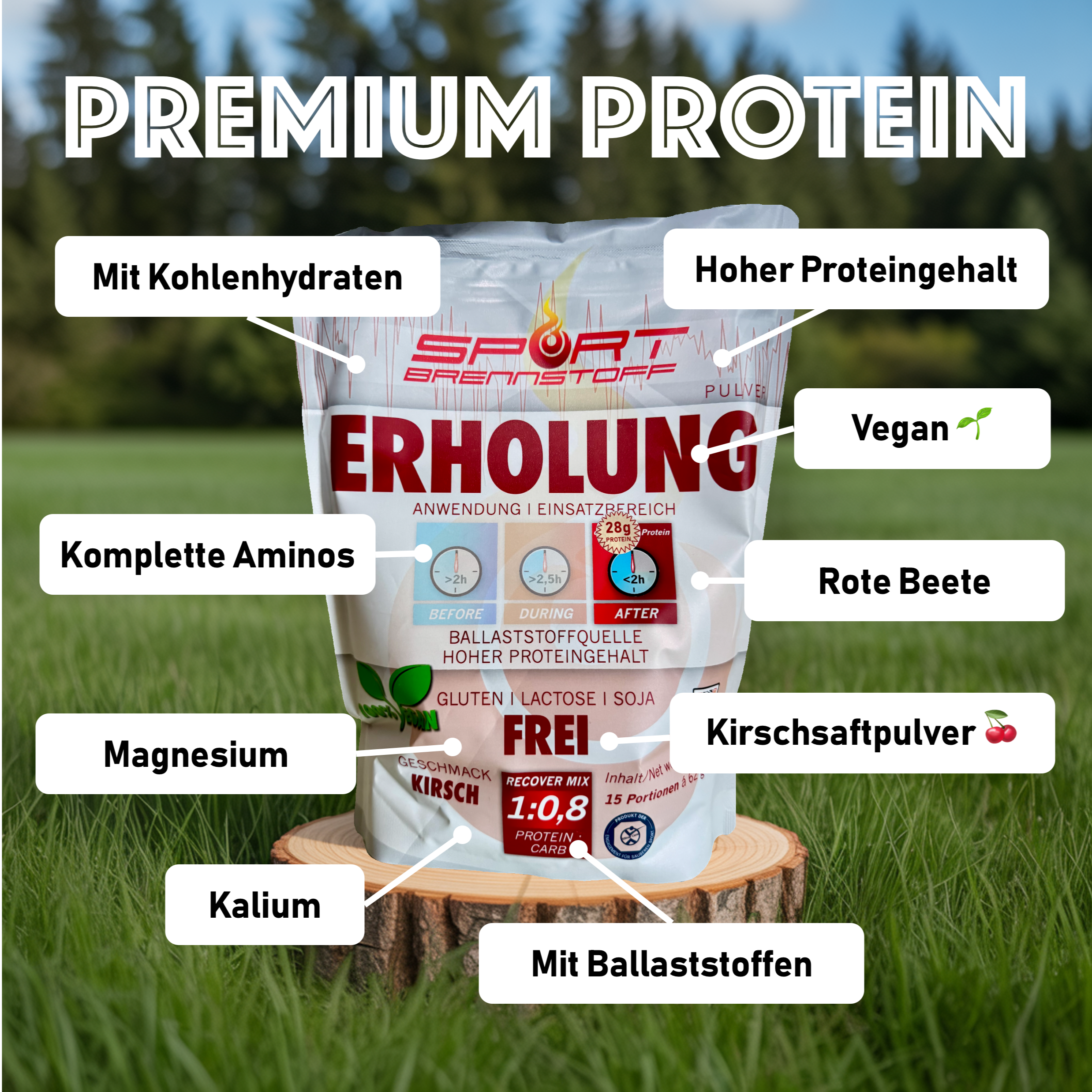RED-S syndrome (Relative Energy Deficiency in Sport) is a health problem that occurs in athletes when the body receives less energy than is expended through training and daily activities over the long term. This results in a chronic energy deficiency that not only impairs athletic performance but can also cause a variety of physical and psychological problems.
How can RED-S arise?
RED-S syndrome occurs when athletes consume less energy than they expend through training, competition, and daily activities over an extended period. This "relative energy deficit" can arise in several ways:
Insufficient energy intake: Often, too little is eaten – for example, through deliberate calorie reduction to lose weight, restrictive diets or skipping meals.
High training volume: Those who train a lot and intensively sometimes significantly increase their energy consumption – if the amount of food is not adjusted, the risk of a deficit increases considerably.
Lack of knowledge of energy requirements: Many athletes underestimate their actual calorie needs, especially during intensive training phases.
Psychosocial factors: Pressure to perform, beauty ideals, fear of weight gain or even eating disorders can lead to food intake being deliberately kept low.
Incorrect eating habits: One-sided diets, skipping meals or fasting intervals that are too long contribute to the body not having enough energy available.
The syndrome usually develops gradually – the energy deficiency often goes unnoticed at first, and symptoms such as decreased performance, hormonal irregularities, or impaired regeneration only appear over time. Therefore, it's important to maintain a balanced, needs-based diet and pay attention to your body's warning signals.
Typical consequences include:
- Hormonal disorders (e.g. menstrual disorders in women)
- Reduced bone density and increased risk of bone fractures
- Weakening of the immune system
- Increased susceptibility to injury
- Concentration problems and fatigue
RED-S affects both male and female athletes – typically in sports that require low body weight or endurance (e.g. athletics, cycling, triathlon, gymnastics).
How can you avoid RED-S?
Know your energy needs: Athletes should know their daily calorie needs and meet them accordingly. Adequate energy intake is essential, especially during intense training.
Varied diet: Meals should contain all important macronutrients (carbohydrates, fats, proteins) as well as micronutrients.
Conscious eating habits: Extreme diets or skipping meals should be avoided – especially if the goal is to improve performance.
Regular check-ups: Medical check-ups and observation of symptoms (e.g. fatigue, menstrual irregularities) help to detect energy deficiency early on.
Open communication with coaches and experts: Nutritional advice and exchange with trainers are important building blocks for minimizing risk.
Those who consistently consume too little energy risk not only their athletic career but also their long-term health. Therefore, it's better to eat mindfully and according to your needs than to lose weight at the expense of performance and health!
We can help with our COACHING offer .




















Leave a comment
All comments are moderated before being published.
This site is protected by hCaptcha and the hCaptcha Privacy Policy and Terms of Service apply.